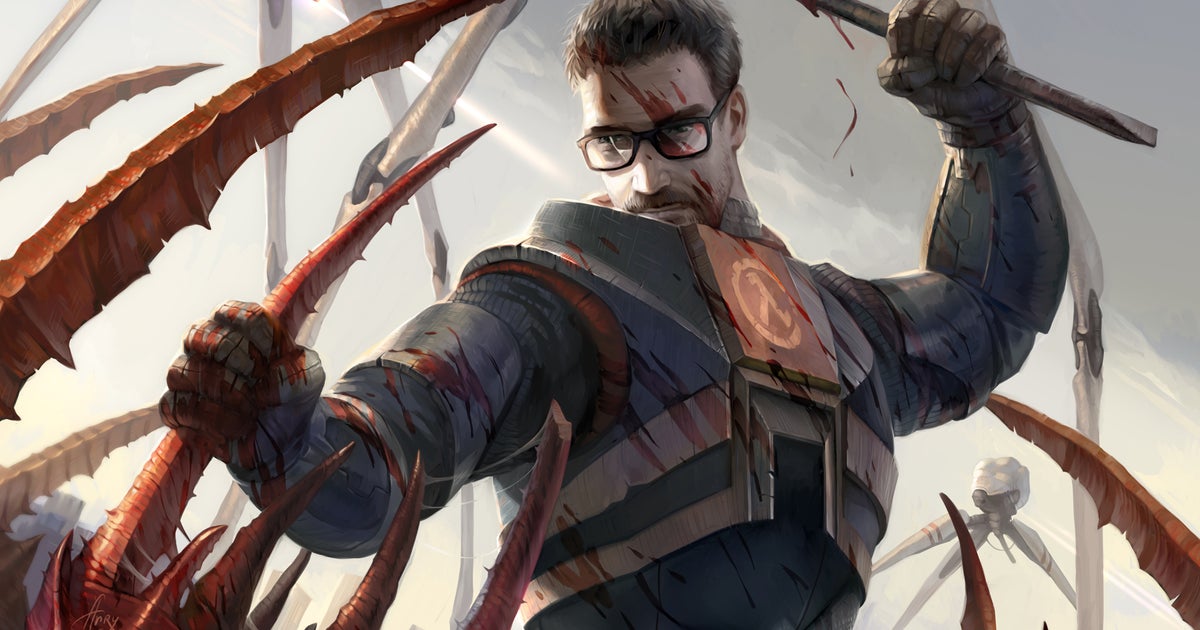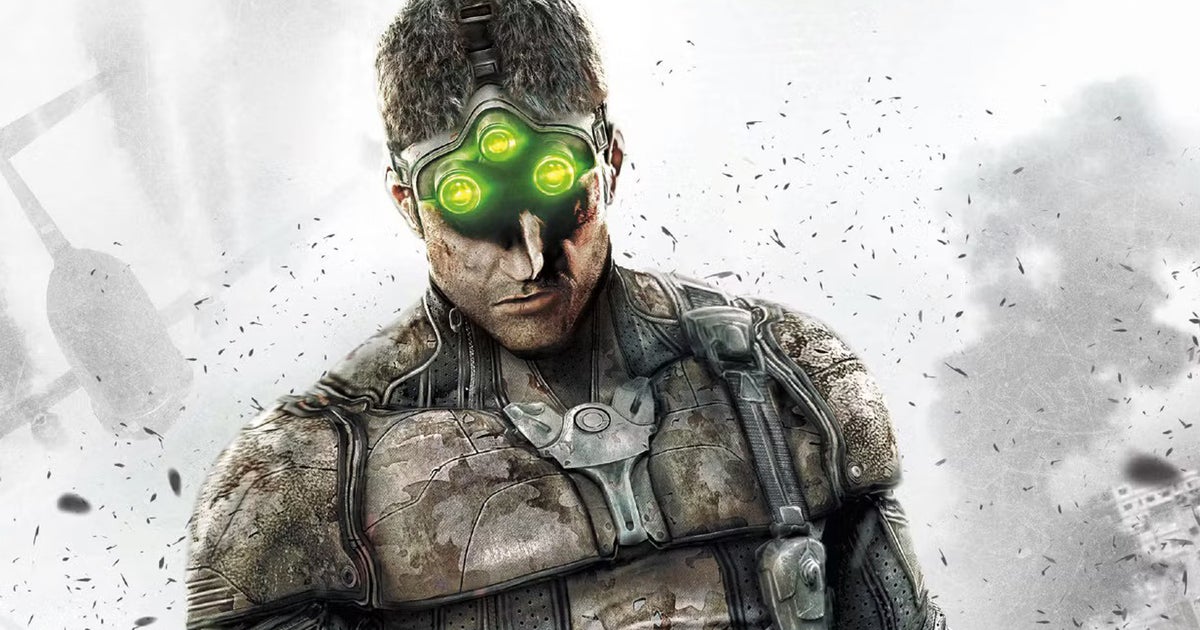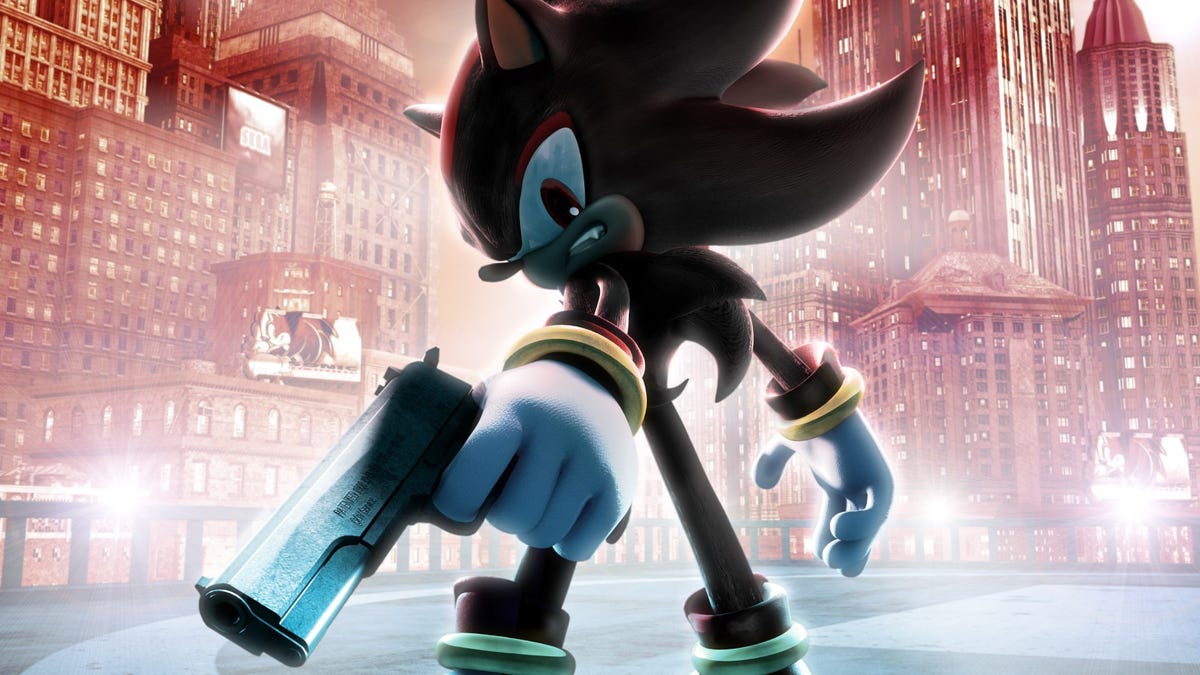After spending dozens of hours on it, I’m back from Aionios to tell you that Xenoblade Chronicles 3 might be one of the biggest games on Nintendo Switch, not because of its story or its massive size (which it is), but because it is one of the most technically successful games of the Nintendo handheld to date. And you’ll think, “Didn’t he say the gameplay was flat a few weeks ago?” Well, I have to be honest and tell you that back then I could only talk about a small part of the game’s beginnings and barely touched on the most basic fundamentals of its systems. And if that puts your mind at ease, I can now assure you: Xenoblade Chronicles 3 will not disappoint you.
A brief summary of first impressions (which I recommend reading before proceeding to have all the details) Xenoblade Chronicles 3 tells us about the world of Aionios, where two nations (Keves and Agnus) fight in an eternal war to save the Watches feed on souls and are therefore supposedly capable of surviving. Humans on this world naturally live only 10 years, although they rarely reach that age, as the vast majority are usually killed in battle. During a reconnaissance mission for an unknown energy source Noah, Lanz and Euniafrom Keves, must participate Mio, Taion y Sena by Agnus to face a new threat that turns out to be Mobius. These beings feed on the life energy of humans and in order to harvest it they must obtain it from the soul clocks that each nation keeps in their respective colonies. During the fight, Noah and Mio merge into an Ouroboros, a sort of giant robot controlled by their minds (like it’s a blade) that initially defeats the enemy. The Moebius are actually the ones who pull the strings of both countries, marking the group as rebels and refugees for the rest of the world, heading to the city of Fendespada in search of answers (no more and no less than the sword of Mekonis the First Xenoblade Chronicles). And here I will read.
I believe that immersion in the story itself is not relevant to this analysis for two reasons. Firstly, it’s obviously the central point of the game and I don’t want to spoil anyone’s experience, and secondly, because despite the fact that it’s been a bit confusing on other occasions, in Xenoblade Chronicles 3 it didn’t seem that confusing at all times. , although it has those typical script twists and retains many of the typical elements of the Japanese shonen genre. The characters, their personal stories, and the relationships built within the group are archetypal, but with enough depth and progression for everyone to be a protagonist at some point in the story, although the main focus falls on Noah and Mio.
Advertising:
In addition to this series of stories that run parallel to the main story, each of the 6 regular characters (we’re also accompanied by a couple of assistants Pon, Riku and Manana, in charge of weapons and food) have their own his own classWeapons, art and special clothing…that the rest can also dominate. All members of the party can learn and swap their companions’ classes and master them, even allowing them to take a party of 6 swordsmen or 4 ogres and two healers, although besides being risky it’s monotonous. The important thing about sharing a class is that it opens up the opportunity to land special hits or master “borrowed” arts from the main class. This adds a new layer to a real-time combat that already seemed difficult to overcome, and which is very similar to the last DLC of Xenoblade Chronicles 2: Torna – The Golden Country.
When we add bonuses for accessories, gems that improve attributes or grant passives and the combination with your partner transform into ouroboros They let skill development and style personalization touch the unfathomable. And that’s the rationale I see for not having a quick mode to complete the battles (although I honestly think the option should exist, even if it were a main menu option). In Xenoblade Chronicles 3 we switch from one team member to another with the push of a button, and in the most important or lengthy battles, being able to use the arts at the right time is crucial. They also looked for another solution in the form of chain attacks
Advertising:
Speaking of not being flat, the world of Aionios is as beautiful as gigantic. Waterfalls, valleys, mountains, lakes, paths winding their way to a distant peak… moving from one location to another would take hours if it weren’t for the fast travel they introduced at save points or when entering large areas (even certain unique enemies, when defeated, leave us a trail of travel, which is very useful for reducing distances). And besides being big, it’s densely populated. In each zone we will find its own monsters, as well as materials and collectibles. It can be very useful to go through each zone before proceeding with the active mission (although the secondary ones are still the big point of improvement within the series) and gather materials to prepare the group for the more serious confrontations in the camps , where we also change equipment, level up with the complementary experience and save the game. It’s important to remember that all of this is being pushed by Switch, which here takes it a step further in terms of terrain and background-loaded textures. Yes, you notice in portable mode that sacrifices are made in certain areas or that the enemies do to pop a bit distant, but still it seems that way to me is a new technical roof
The whole world is interconnected, although it’s true that the ability to walk certain paths is gained late in the game, such as climbing or sliding down the thick cables of the fallen titans. Investigating the hunting area to reach the containers with the special loot or the grenades from soldiers to rest can take a long time. And here I would like to leave a tip: Take the adventure lightly. This is a manual JRPG, one of those that will take many, many hours to complete its story and twice as many to reveal all its secrets. The combat may seem simple and boring in the first hours, but soon the difficulty curve goes up and the confrontations (especially when a group of enemies gathers) will make you develop a strategy that also thinks in the medium term and on the burden of one waits for specific attack or your ally using its healing power. The sound of Yasunori Mitsuda’s soundtrack is fantastic, with melodies that keep the spirit of the series in which they introduced more flute elements like those of Noah and Mio. Of course, the same dialogues at the end of the fight are exhausting. A little variety wouldn’t have hurt.
I thought that my lack of prior knowledge of Xenoblade would be a dangerous strain on playing XC3, but the truth is that at no point did I feel lost. Technically it’s the best of the series and I think it can be a good start if someone is willing to step into this vast, complex and titanic world, better said never. Its combat system, without being anything real or groundbreaking, cuts through enough to instill a sense of power as it ends a big matchup with a win. And Aionios is a world that all RPG and adventure lovers should visit. Monolith Soft has refined their formula to the extreme, and I’ve loved going down that road.


















